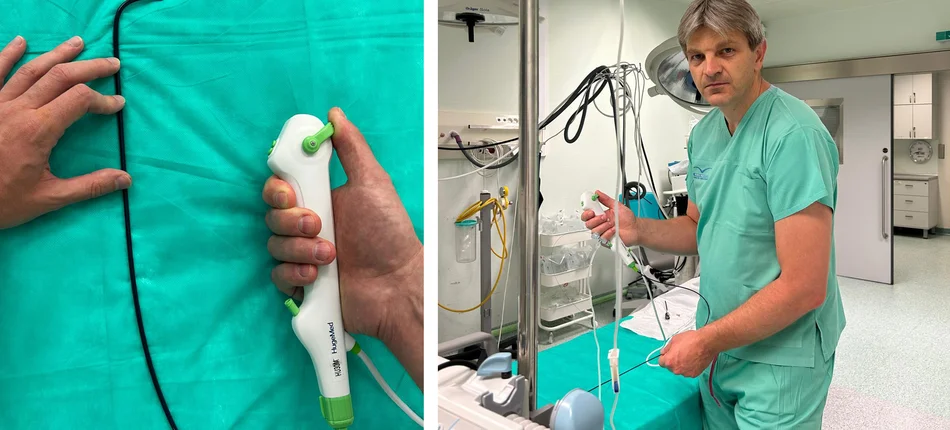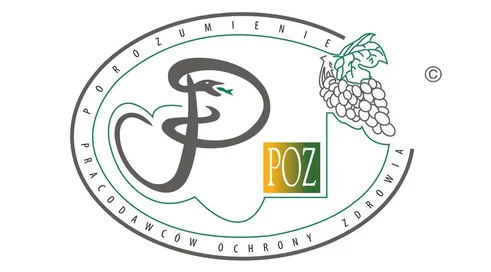Removing kidney stones is often a painful procedure. However, when they are smaller than 2.0 cm, they can be gotten rid of with a less painful ureteroscopic method, which is the RIRS procedure. This is a minimally invasive procedure in which stones are broken into smaller fragments using a laser inserted into the ureter using a flexible endoscope. The crushed deposits are expelled from the body along with the urine.
However, in about 25-30 percent of patients, due to the small diameter of the ureter, it is necessary to place a catheter before surgery to dilate it. About 80 percent of patients, on the other hand, require catheterization after surgery, during the removal of deposits. Both before and after the procedure, the patient must be provided with a catheter for a period of about 2-3 weeks, which, however, is associated with considerable discomfort - pain, hematuria, frequent urination or pushing.
Elimination of these problems is provided by the mini-RIRS procedure, which is currently the most modern in canine urology. It uses an endoscope much thinner than that used in the classic RIRS method. It is only 2 mm in diameter , which allows it to be used in patients with a small diameter of the ureter, without the need to place a catheter before and after the procedure. As a result, in addition to avoiding the need for catheterization, t...
Content locked
To gain access to the complete English section of the Medexpress.pl, kindly reach out to us at english@medexpress.pl.


















